Demystifying Wing Design: What makes a wingfoil wing
Introduction
Behind the sleek and dynamic design of a wingfoiling wing lies a multitude of technical aspects that significantly impact the riding experience.
From the shape and size of the wings to the canopy tension and dihedral angle, each element plays a crucial role in determining performance, stability, and ease of use.
In this comprehensive blog post, we'll delve into the intricacies of wingfoiling wing design, exploring how various technical aspects affect the riding experience.
Additionally, we'll highlight the qualities that make FTERO wings particularly well-suited for beginner riders, providing an optimal combination of stability, control, and progression.
Wing Shape and Size
The shape and size of a wingfoiling wing directly influence its performance characteristics.
Wings with a higher aspect ratio (longer and narrower) generate more lift and offer increased top-end speed, making them ideal for experienced riders looking for speed and manoeuvrability.
Conversely, wings with a lower aspect ratio (shorter and wider) provide more stability, making them well-suited for beginners or riders focused on free-riding and cruising.
For beginners, a wing with a larger surface area offers enhanced stability and easier control, allowing them to get comfortable and build confidence on the water.
The increased surface area provides more lift, making it easier to get up on the foil and maintain balance during manoeuvres.
Dihedral Angle
The dihedral angle refers to the upward or downward angle of the wingtips relative to the centre section of the wing.
A wing with a pronounced dihedral angle creates more stability, especially during gusty or turbulent wind conditions.
This design feature helps prevent the wing from stalling or collapsing, making it ideal for beginners who are still developing their wing handling skills.
On the other hand, wings with a reduced dihedral angle or even anhedral (downward angle) offer increased manoeuvrability and responsiveness.
Experienced riders who desire quick turns, high-performance carving, or advanced freestyle manoeuvres often prefer wings with minimal dihedral angles.
Canopy Tension
Canopy tension refers to the tightness or looseness of the wing's fabric or canopy.
Proper canopy tension is essential for achieving a well-balanced and efficient wingfoiling experience. Too loose, and the wing can lose its shape, reducing power and control.
Conversely, excessive tension can hinder the wing's ability to deform and adapt to changing wind conditions.
For beginners, a wing with moderate canopy tension strikes a balance between stability and manoeuvrability. It provides sufficient power, responsiveness, and easy handling, allowing riders to focus on building their skills without feeling overwhelmed by excessive power or overly twitchy responses.
Handle Placement and Design
The placement and design of handles on a wingfoiling wing greatly impact its usability and manoeuvrability.
Handles should be strategically positioned for easy gripping and intuitive control. Ideally, they should be placed in locations that allow riders to comfortably and securely adjust their hand positioning during manoeuvres and transitions.
For beginners, a wing with multiple handle options, including central handles and wingtip handles, can be advantageous.
These variations offer versatility in hand positioning, ensuring a comfortable grip and optimal control during different riding scenarios.
Why FTERO
If you're a beginner rider looking to kickstart your wingfoiling journey, the FTERO DOME V2 is the perfect choice.
Designed with stability, control, and progression in mind, the DOME V2 is specifically tailored to suit the needs of beginner riders.
With its larger surface area, moderate canopy tension, and carefully balanced dihedral angle, the DOME V2 provides the ideal combination of stability and manoeuvrability for learning and developing skills.
Experience the thrill of wingfoiling with confidence and take your first steps towards mastering this incredible water sport.
Deep dive into the DOME V2 here and start your wingfoiling adventure today!
Conclusion
Designing a wingfoiling wing involves a careful consideration of various technical aspects that influence performance and rider experience.
From wing shape and size to dihedral angle, canopy tension, and handle design, each element contributes to the overall functionality and usability of the wing.
For beginner riders, wings with larger surface areas, moderate canopy tension, and increased stability are highly desirable, providing a solid foundation for learning and skill development.
Choose the right wing that suits your level and aspirations, and get ready to embrace the incredible world of wingfoiling.



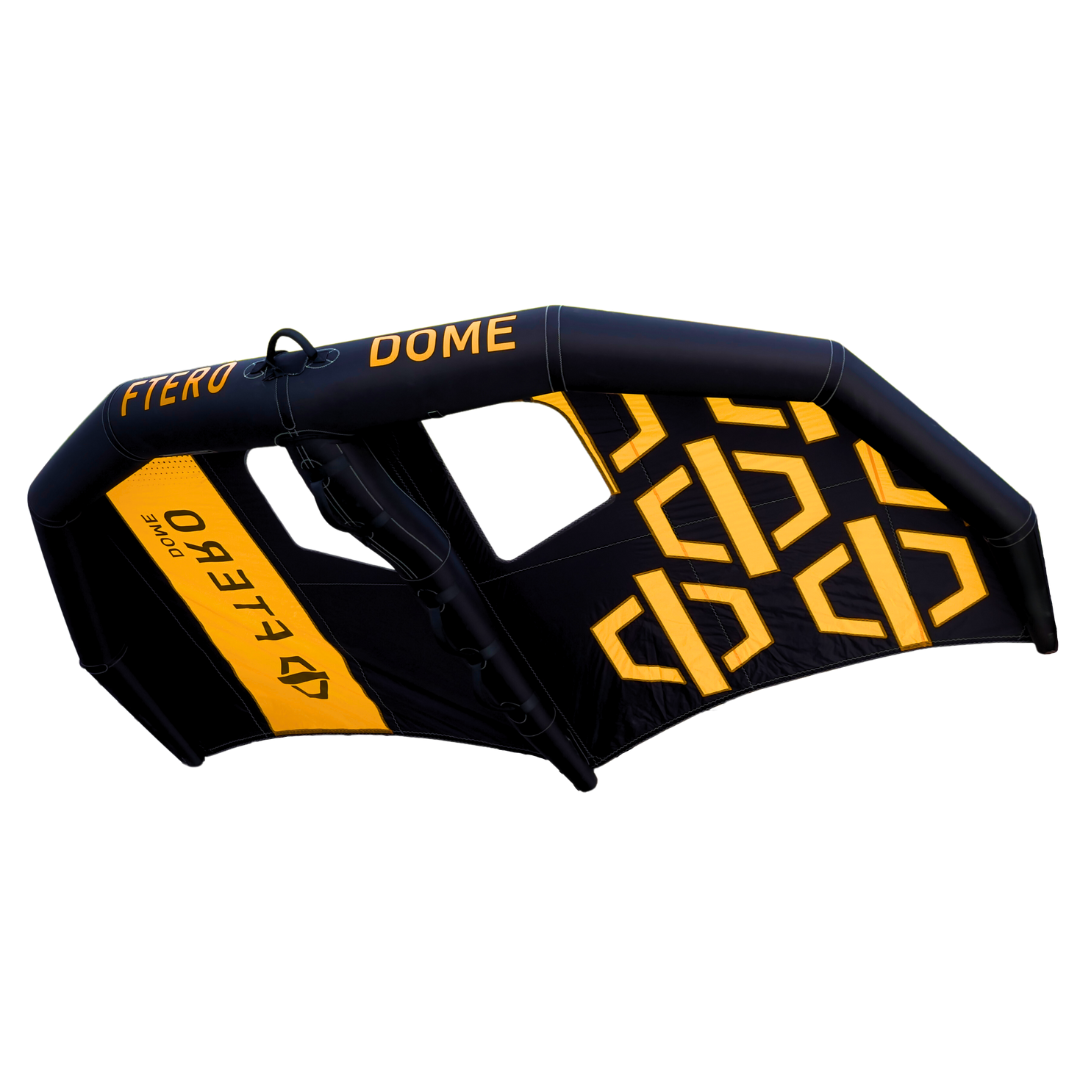
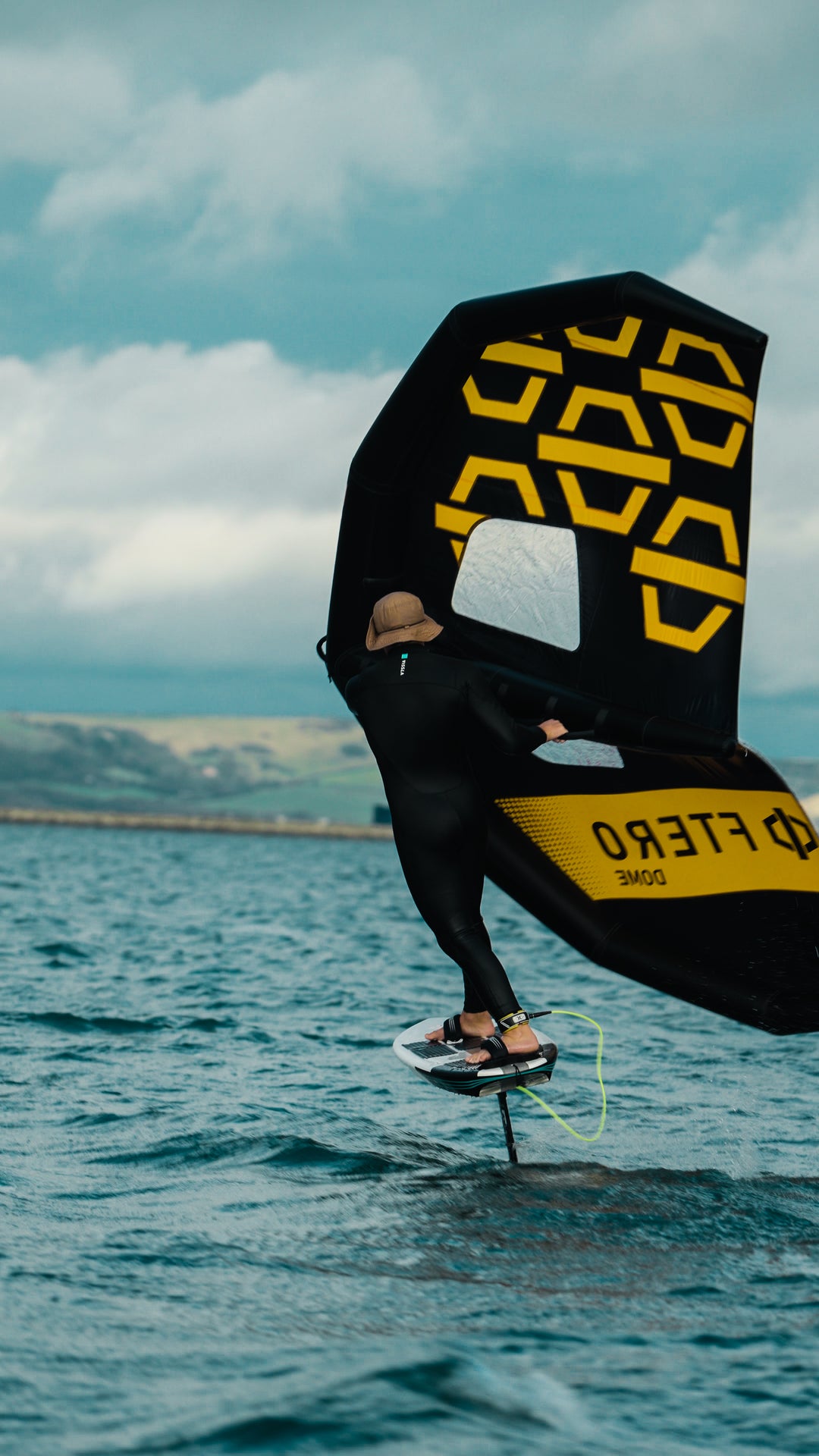
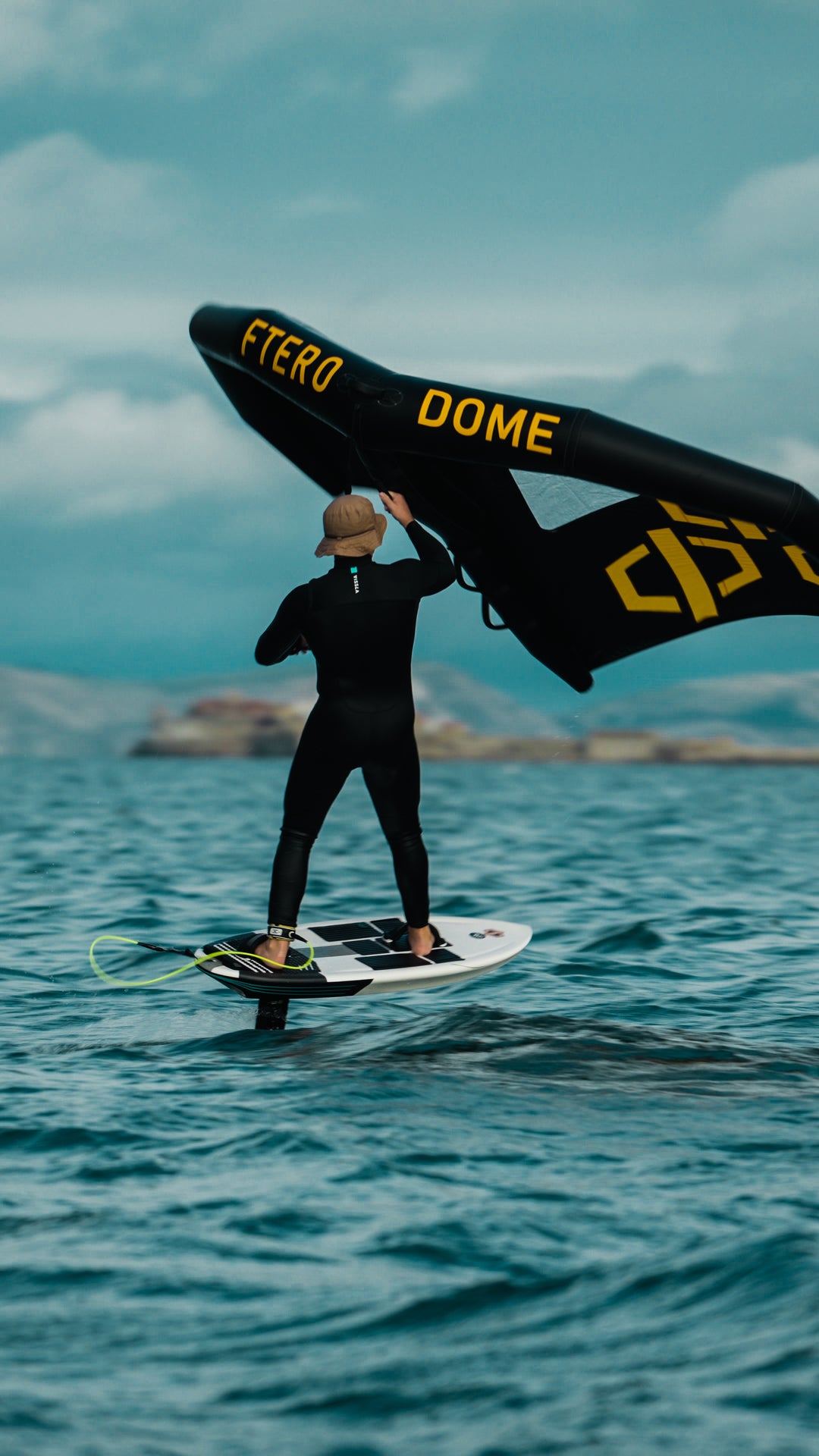

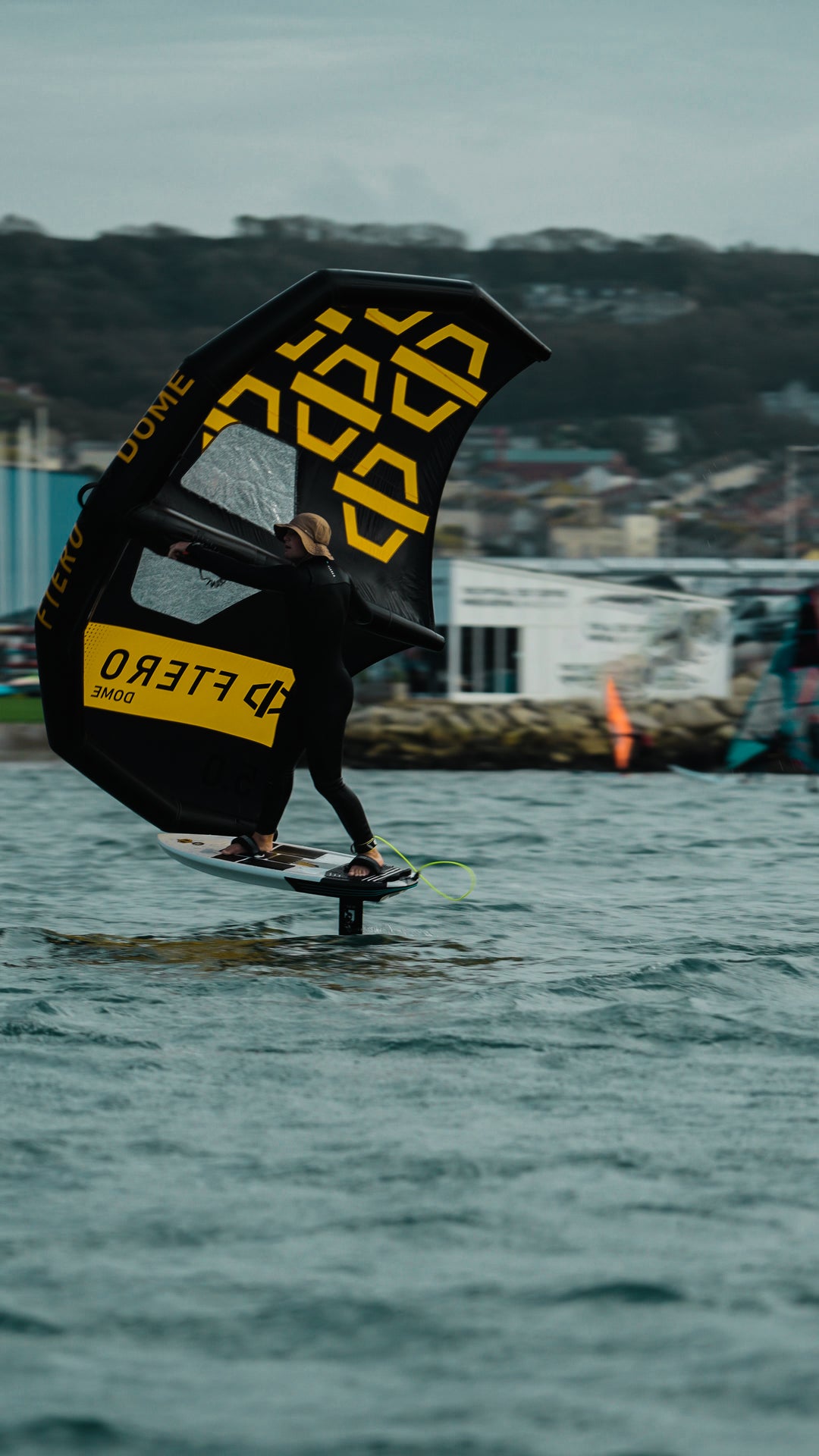
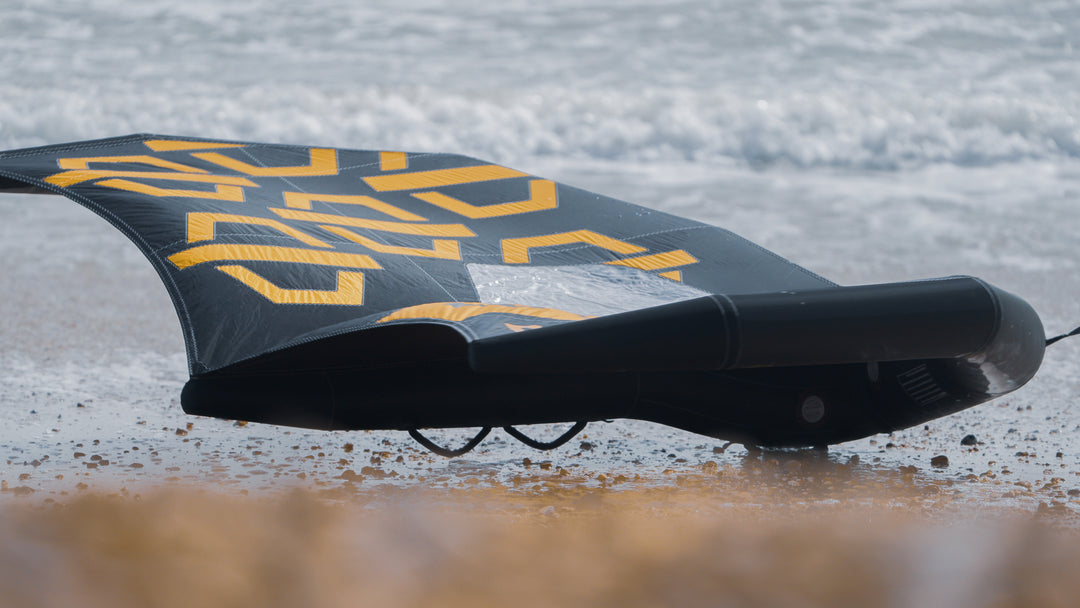
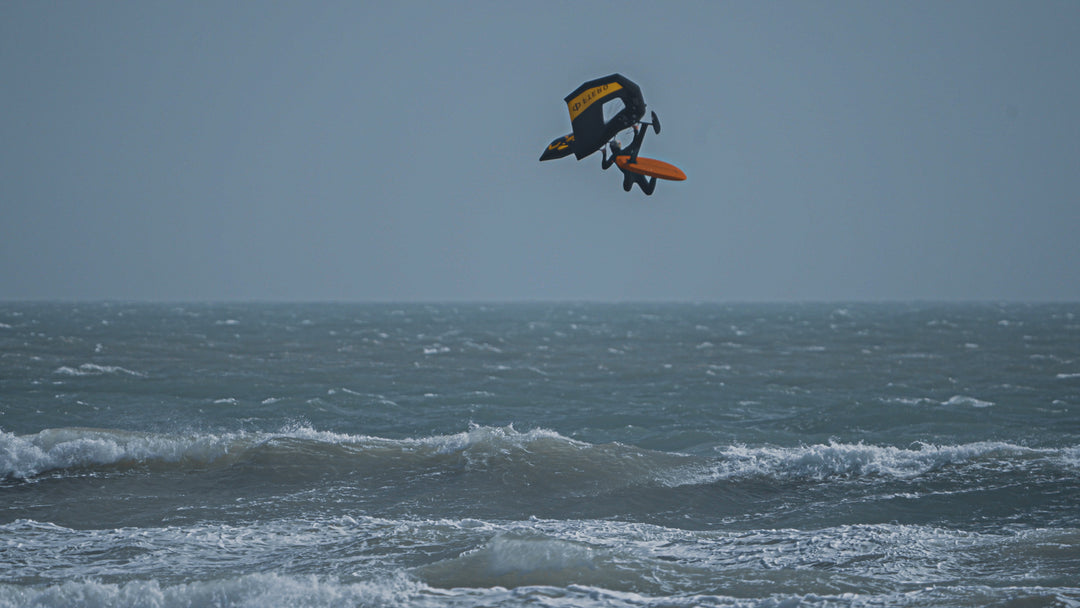
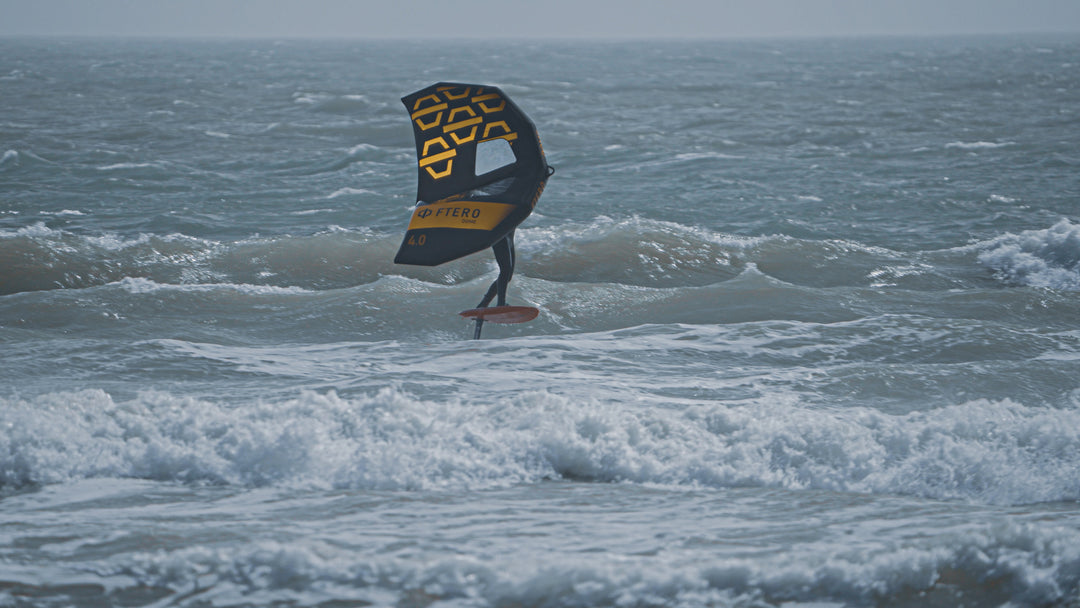
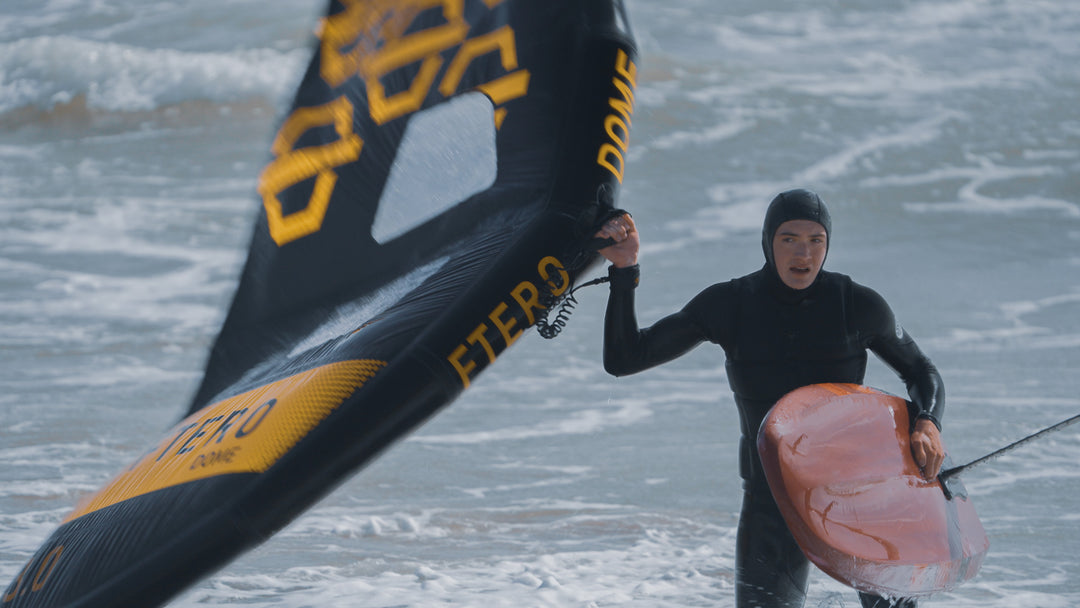
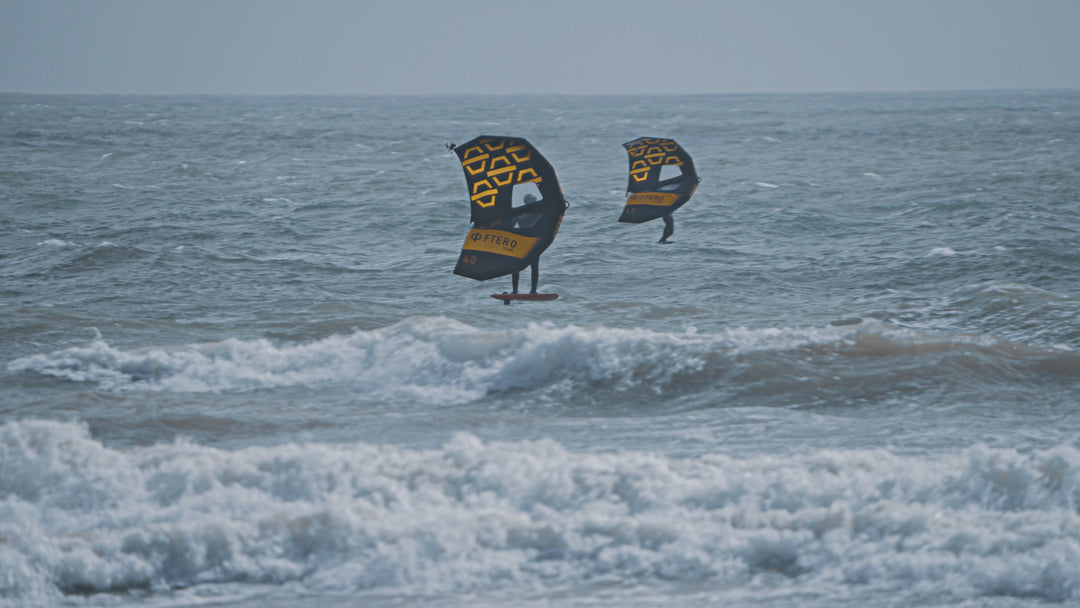
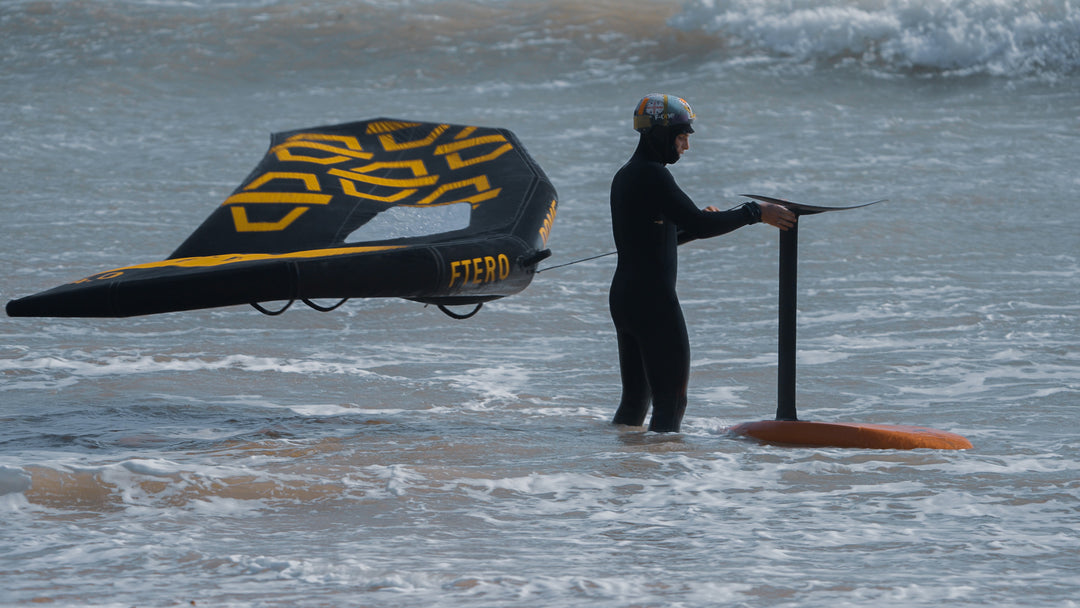
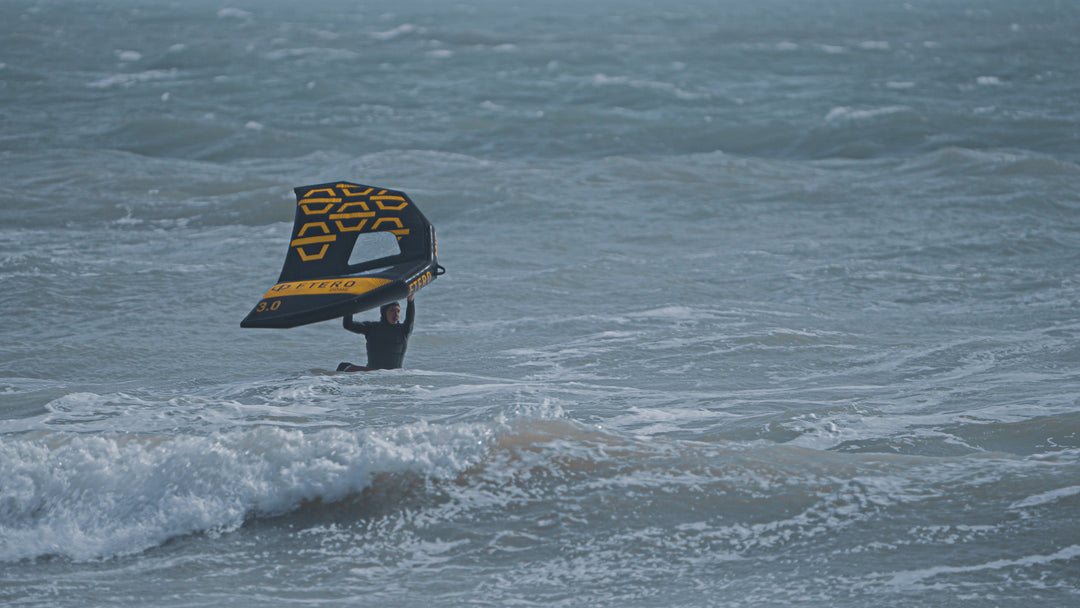
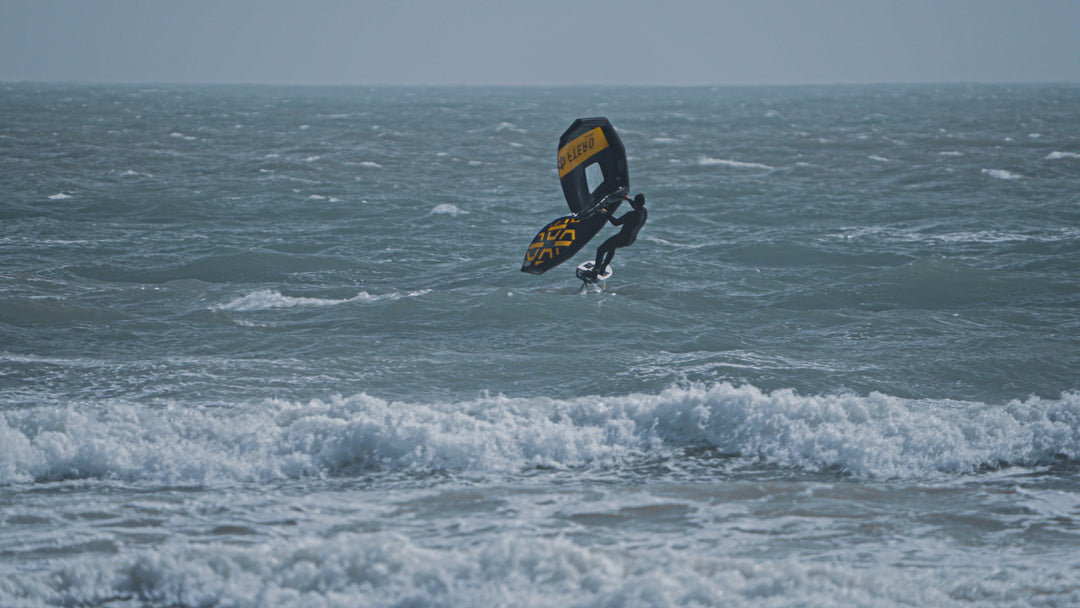

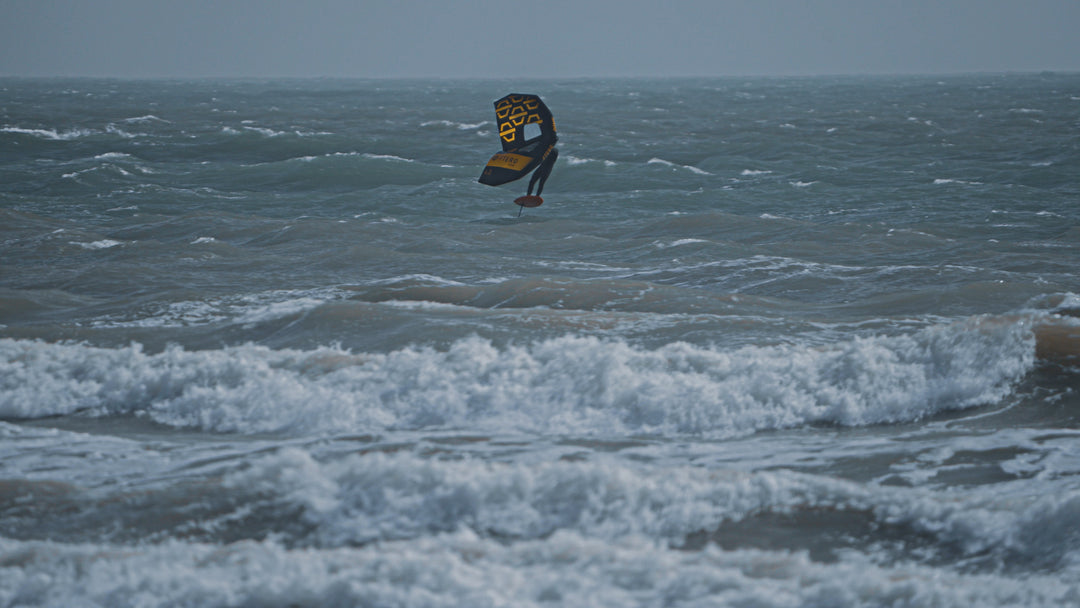
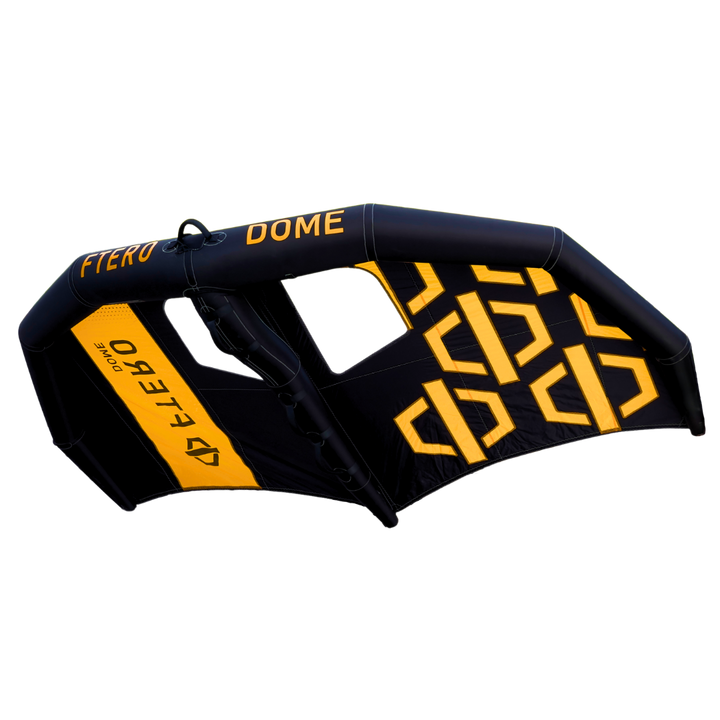
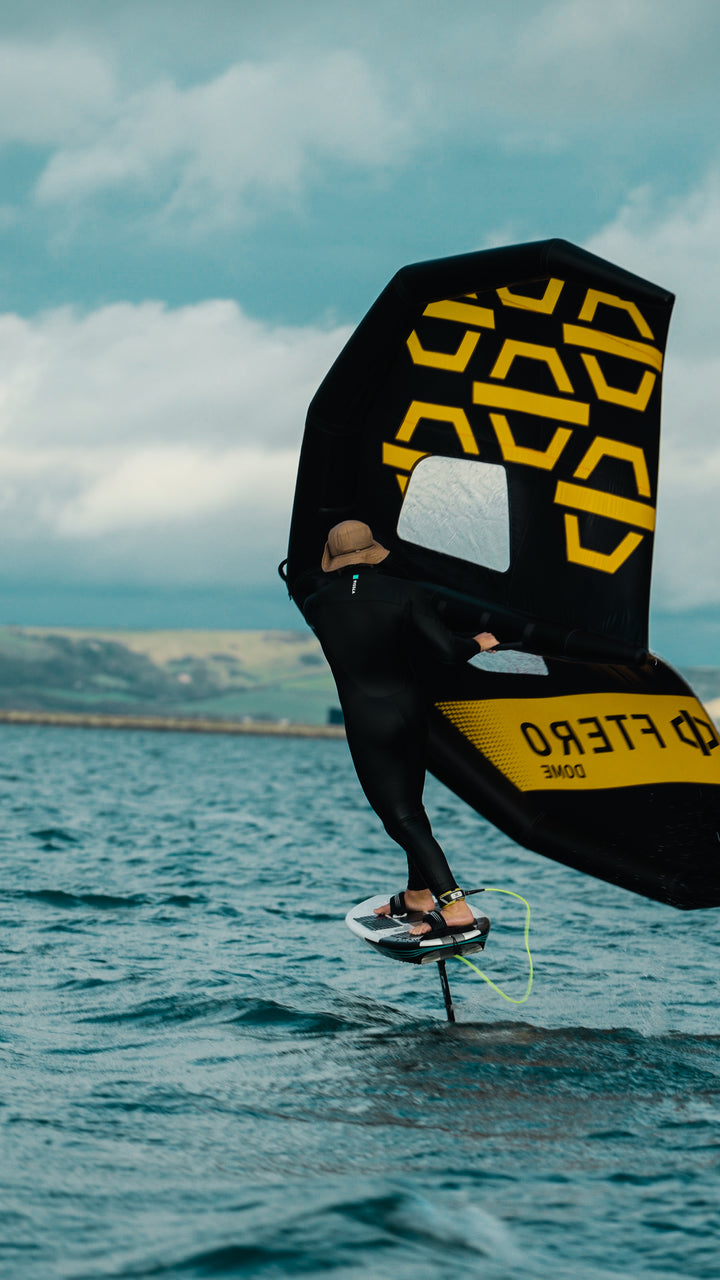
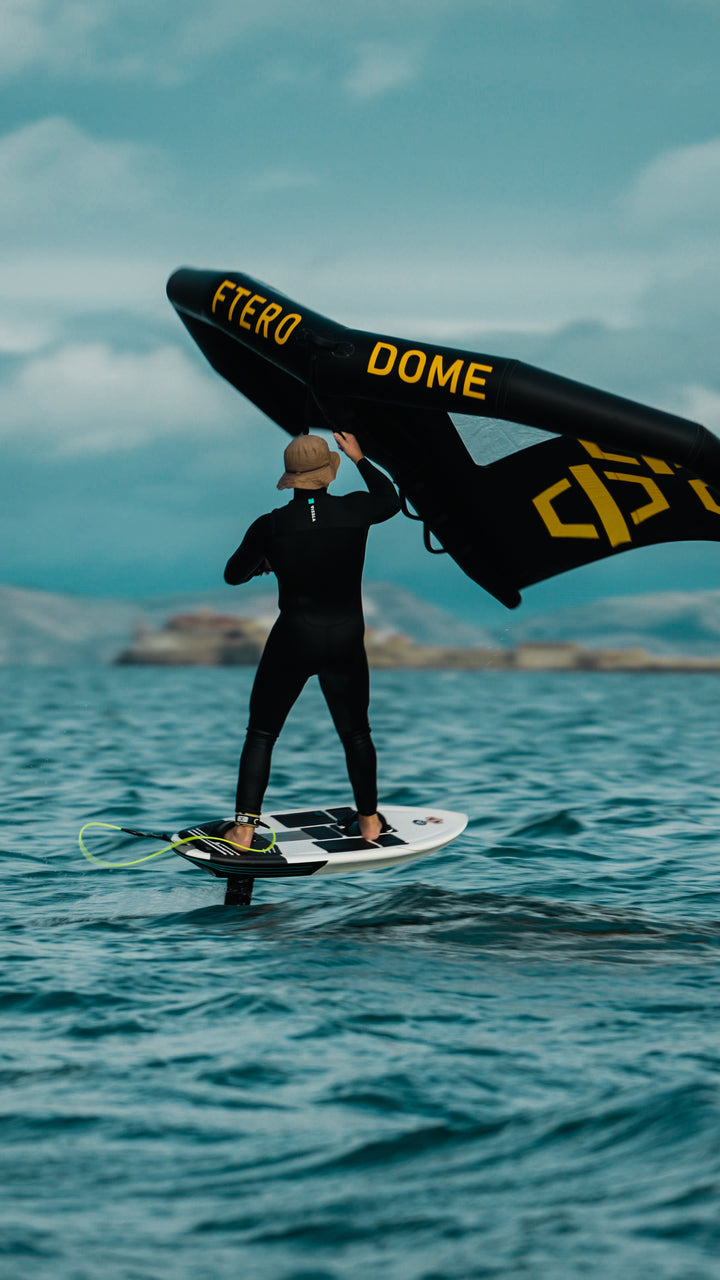
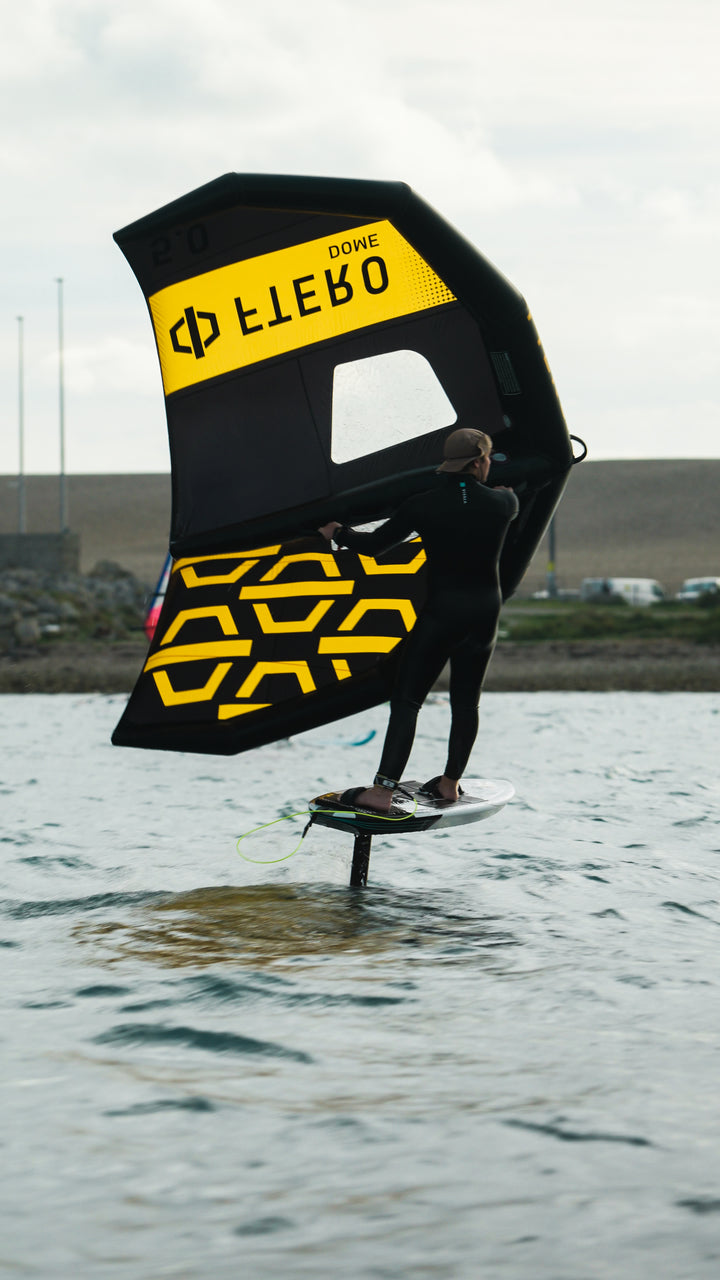
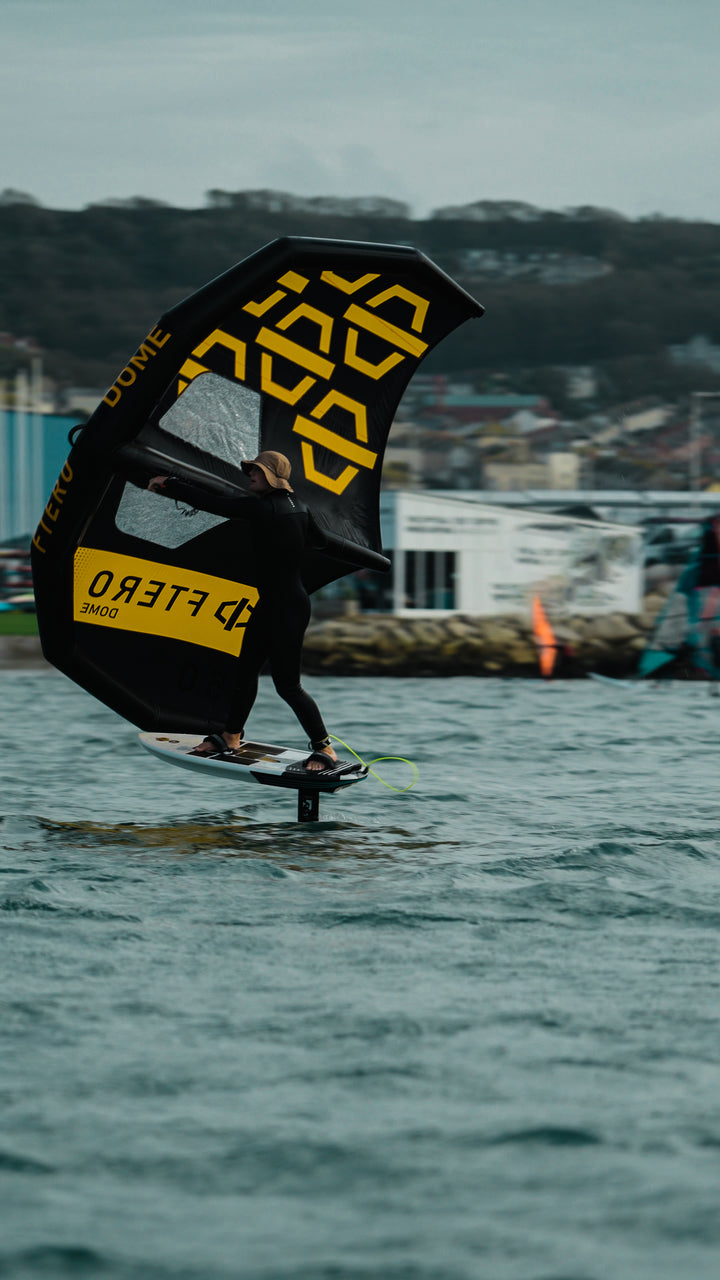

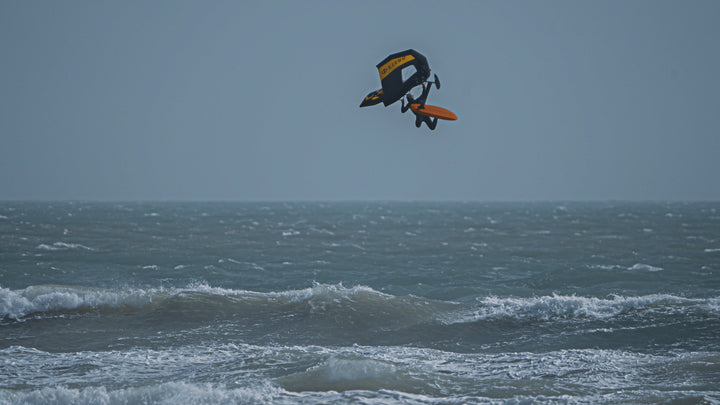
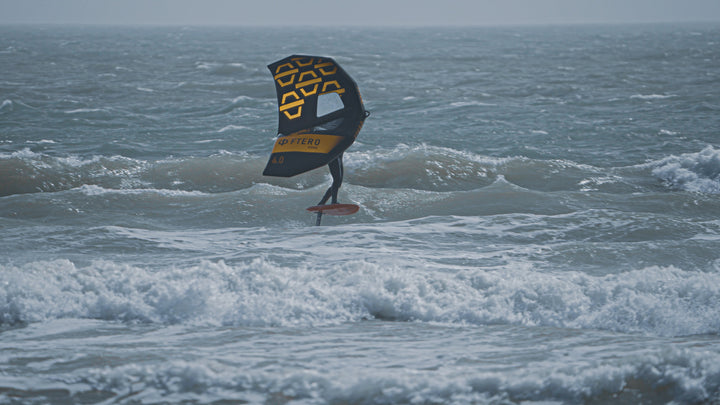


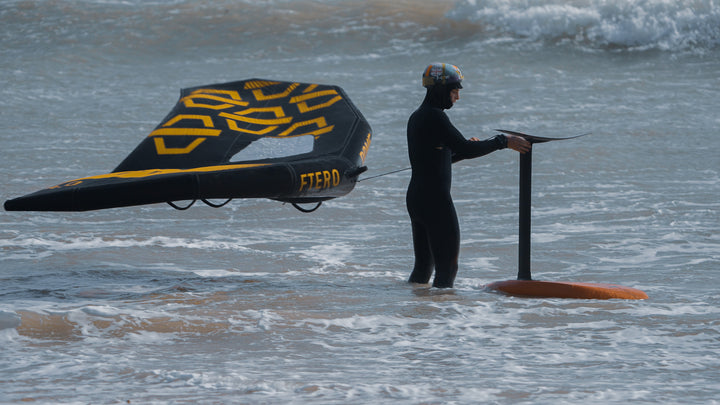

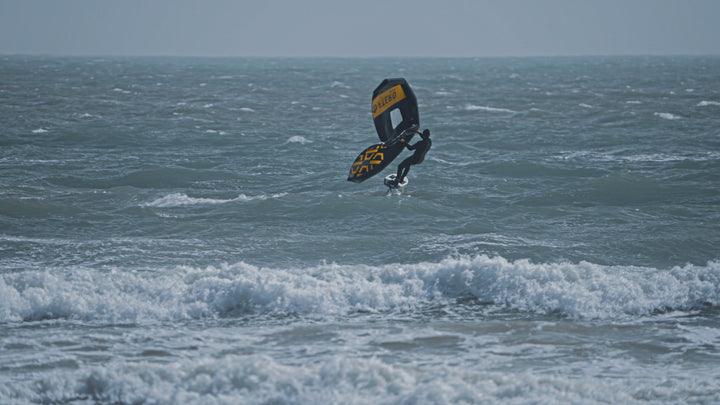
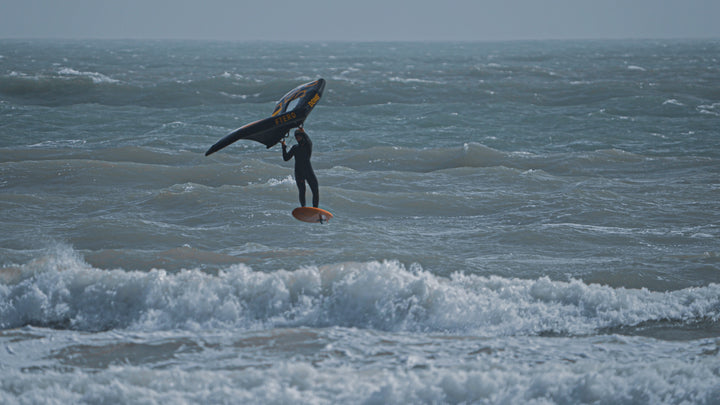
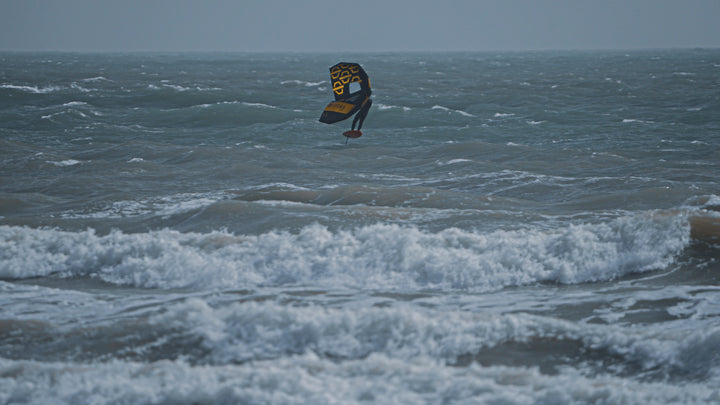
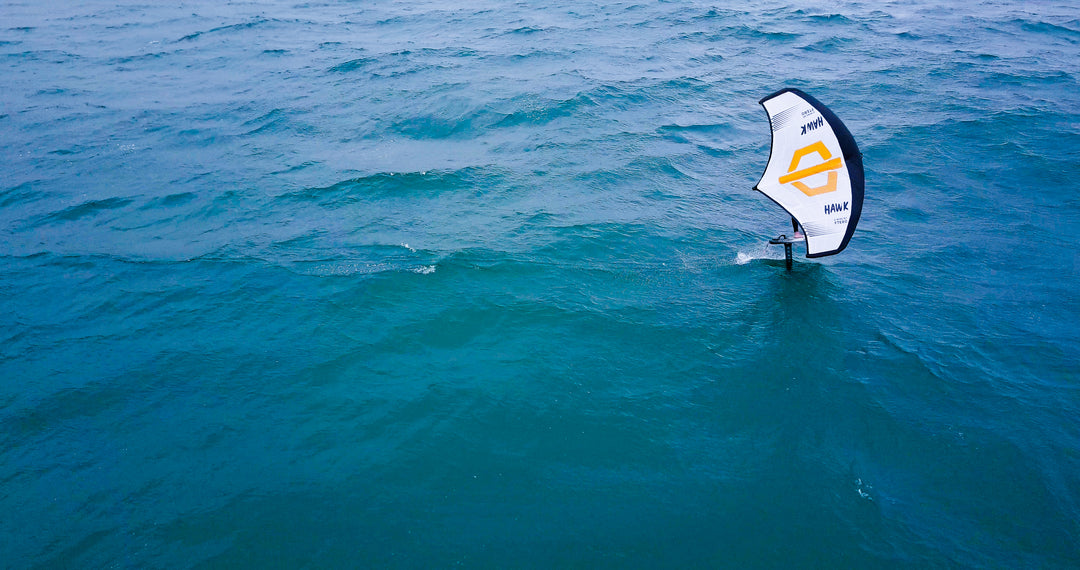

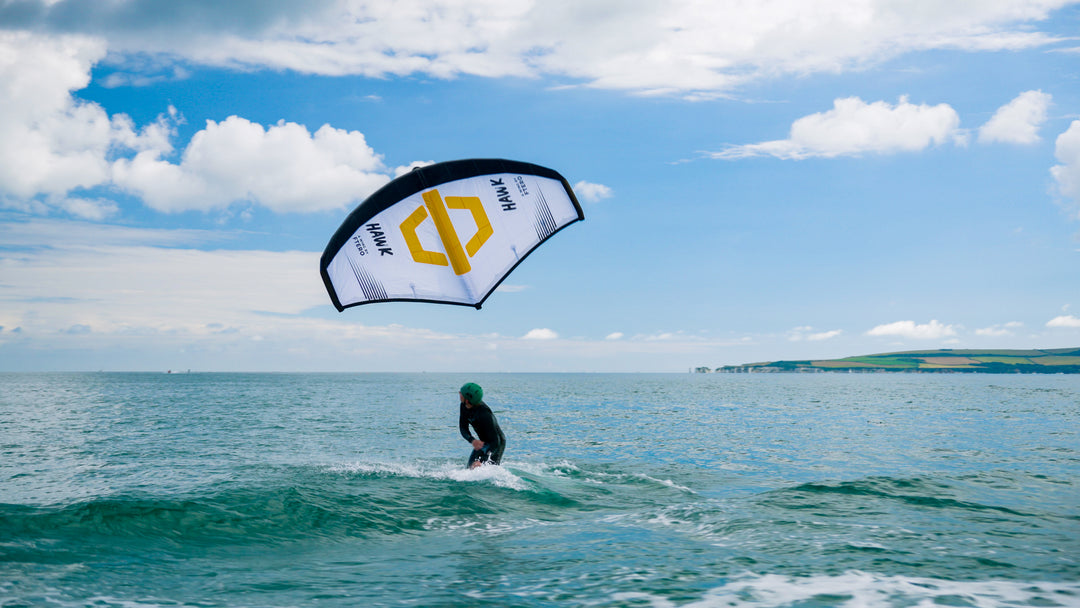
Leave a comment